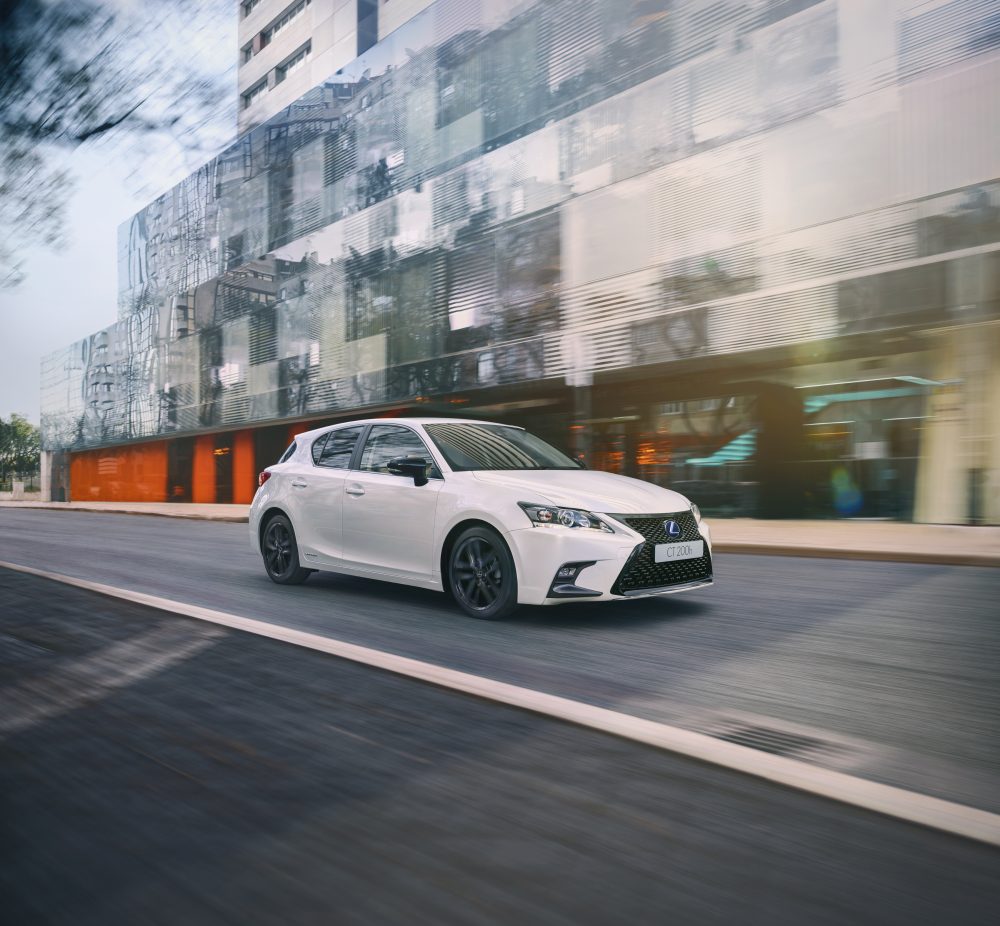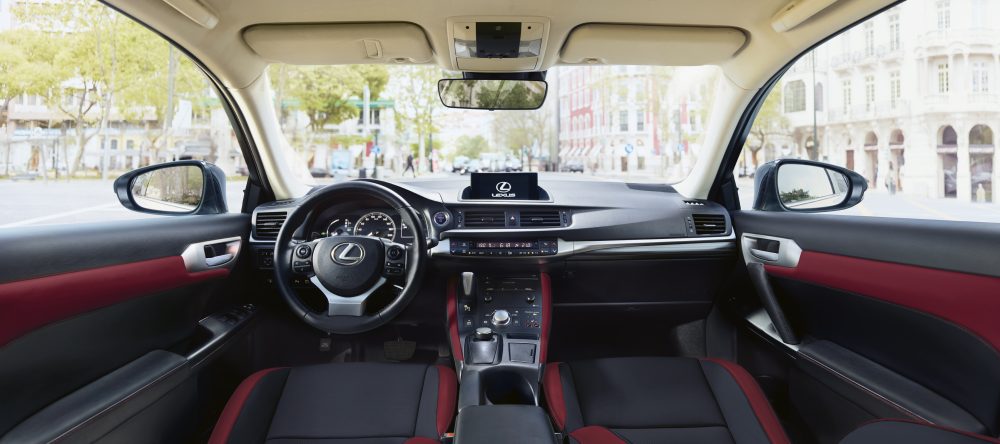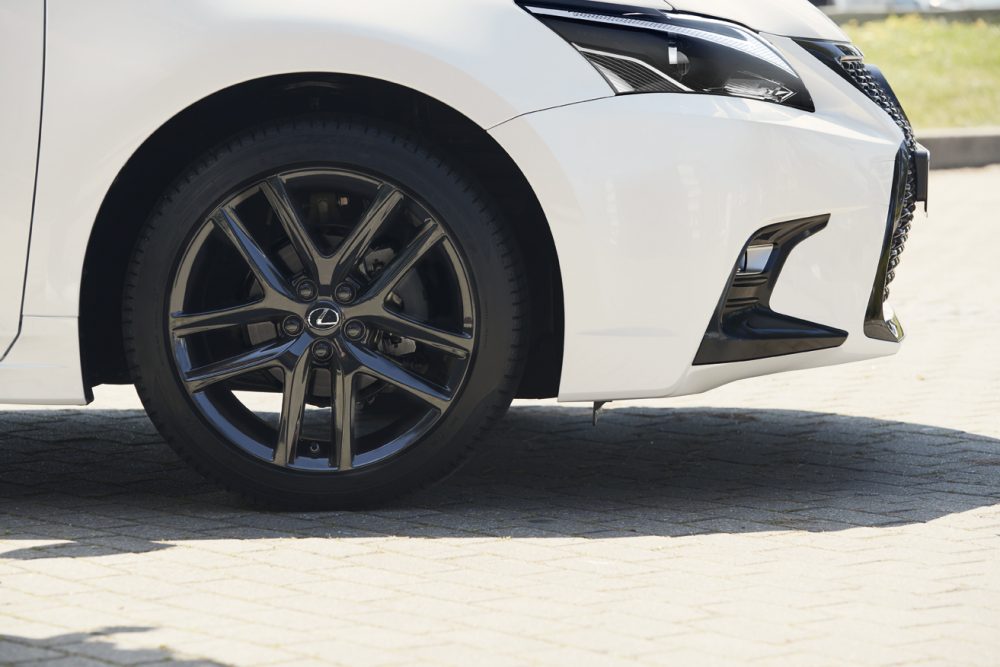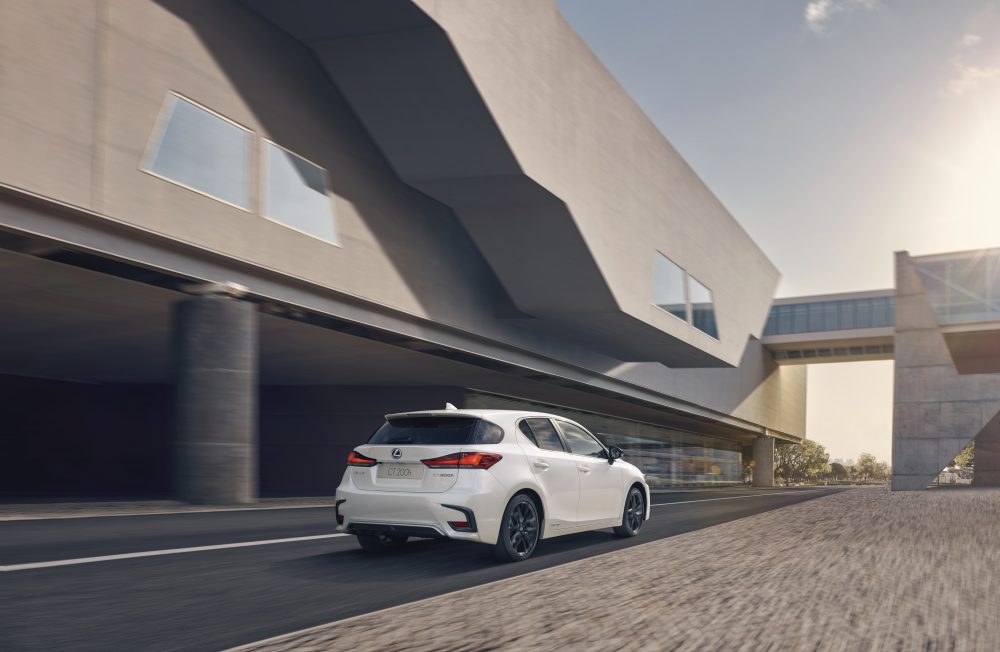Seldom has one particular classification of alternative power source created so many human emotional states. At introduction, hybrid technology was a source of fear. As familiarity grew, it was treated as suspicious. When the first used examples hit the block, both trade and public worried about them. Yet, slowly but surely, since the dawn of the New Millennium, which, if you needed reminding, was not far off 20 years ago, a level of consumer acceptability has arrived and trade values are excellent.
From a purely personal standpoint, I have never been less than fascinated by the practice of slotting an optimised petrol power unit beneath a car’s bonnet, alongside which cosies-up an electric power unit, while the underfloor carries a rechargeable, battery pack. However, the truly clever elements lie in the electronic management of the entire package.

For a start, the hybrid car can be driven in solely electric mode for a short distance, relying on its full-charged batteries, until the petrol engine kicks-in and the two work simultaneously, in perfect harmony. Yet, with a capability to recharge its batteries both on the over-run and while using brake energy recovery, which converts the heat generated during retardation into electrical energy, all without disturbing the driver, or its occupants, the hybrid is a pedestal achievement, about which we should all be excited.
In the case of the Lexus CT200h, the technology is now quite familiar and is a straight lift from the Toyota Prius, another car about which I marvel. In other words, a 1.8-litre petrol engine, allied to an electric engine, provides effortless propulsion that also happens to be satisfyingly low in CO2 emissions (94g/km) and whisper-quiet in town and motorway driving.

The CT200h was Lexus’s first parry into the compact car sector. Apart from some detail enhancements, it remains pretty much the same model that it was in 2010, working to an adage that ‘if it ain’t broke, don’t fix it’. If you want to be technical about it, this category of technology is known as ‘parallel-hybrid engineering’. It is truly tried and tested, with over ten years of experience gained from the production versions of the Prius, before it was introduced. It needs to be emphasised that Lexus is the brand that has created an air of indefatigability about it, as one of the world’s most dependable motorcar brands. As such, it will never become anything other than a repository for pinnacle reliability and it is a strength appreciated by Lexus buyers, since the brand was first marketed here.
To be fair, when I first drove the CT200h in 2010, I was not exactly blown away by its performance. For a start, it is quite heavy, tipping the scales at close to 1.5-tonnes. Yet, it is packed with the aforementioned technology and an array of up-market detailing and luxury, after all, it is a Lexus and both comfort and refinement are expectations that I can tell you it delivers in spades. Only a Rolls-Royce is marginally more hushed, when readings are taken on a decibel meter and Lexus people love it for that level of refinement.

The combined power rating is 134bhp, which is enough to accelerate the CT200h from 0-60mph in precisely 10.0s. No matter how I launched the car, either holding it against the brake pedal on full-throttle, or just flooring it from standstill, it clocked a consistent 10.0s for the benchmark. Its top speed is posted as 112mph. Perhaps I should also highlight that the car drives through a CVT, constantly-variable transmission. No gears, just a throttle ‘switch’. However, this is a car that revels at steady speed cruising, whether on motorway, across country, or in bustling town centres, and there is nothing wrong with that, especially with an Official Combined fuel return of 68.9mpg. Even in a tax-hit motoring market, the CT200h qualifies as a lower-cost option and, for the company car sector, it can work out less costly to operate than most conventional compact hatchbacks, a factor that is worth contemplating.

Just as the motive force is optimised, the body design is also created keenly in aerodynamic terms, with a drag factor of just 0.29. It is not so much what you can see but what you cannot that makes this car so efficient, when slicing through the air. Its underside is almost flat, which promotes smooth progress, while all wheel-arches feature liners and side deflectors to resist the rush of disturbed air. It could be argued that all cars should benefit from these detail enhancements but they do add to the overall cost of the car, which starts from a list price of £23,495, rising to £30,495, according to level of trim.

Peer inside the car and, if you know Lexus, you will find innumerable details that are not just of the highest merchantable quality but also meet luxury expectations to perfection. Dependent on trim choice (and there are SE, Luxury, F-Sport and Premier to choose from), the use of finest hide on the seats and door cards reflects that high-end image. There is plenty of soft-touch about the rest of the trim and, with well-marked instrumentation and switchgear, the cabin is a delightful respite from the rigours of the outside world. The driving position is multi-adjustable and exceedingly comfortable.
While it will not please everybody, the ride quality of the CT200h is sporty and firm. It promotes a more energetic driving experience, despite a modest power-to-weight ratio. Body roll is controlled and deliciously crisp steering responses, allied to a neutral handling balance, make the car entertainingly engaging on the back-doubles. However, customers can opt for the smaller 16.0-inch alloys with higher-profile tyres, if maximising comfort is the priority. Lexus has earned a respected reputation that is almost unbeatable in the luxury class.